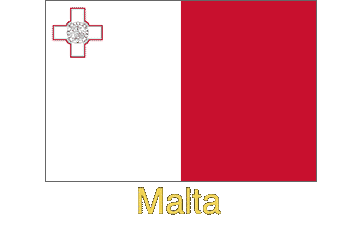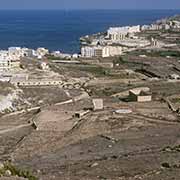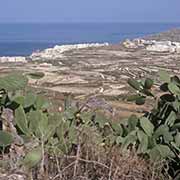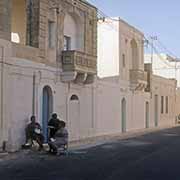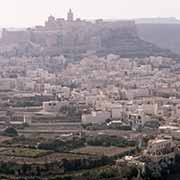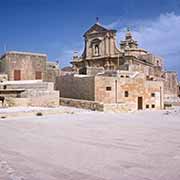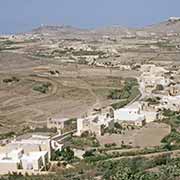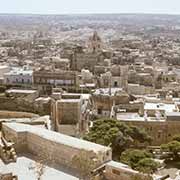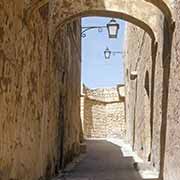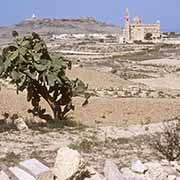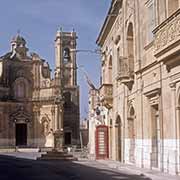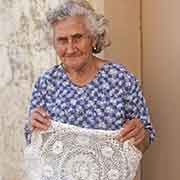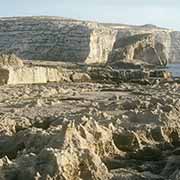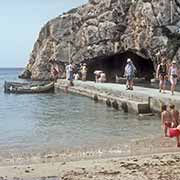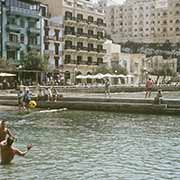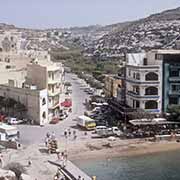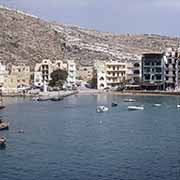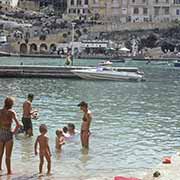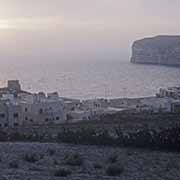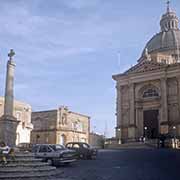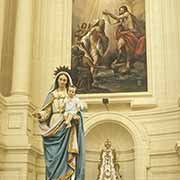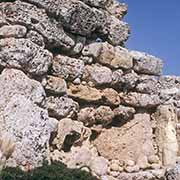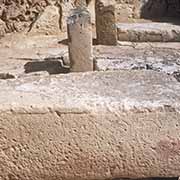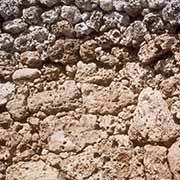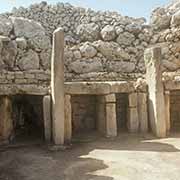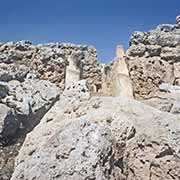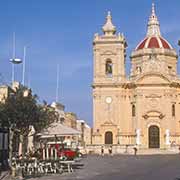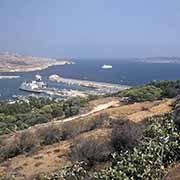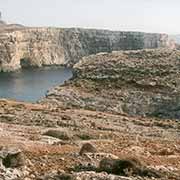Photos of Gozo and Comino, Malta
Gozo and Comino
The island of Gozo, or Għawdex in Maltese, is Malta’s second-largest island; its inhabitants are known as Gozitans (Għawdxin). It is more hilly, rural and less developed than the island of Malta, but it has many points of interest. The island’s capital is Victoria (Rabat), with its Cittadella (Iċ-Ċittadella), also known as the Castello (Il-Kastell), with narrow alleys and good views.
you may then send it as a postcard if you wish.
There are quiet villages and rich historic locations; the Ġgantija temple complex in the town of Xagħra in the centre of the island is the earliest of Malta’s Megalithic Temples; they are older than the pyramids of Egypt. The two Ġgantija temples date from the Neolithic (c. 3600–2500 BCE), makings these temples more than 5500 years old and the world’s second-oldest existing religious structures.
The island has few sandy beaches, but the resorts of Xlendi on the south coast and Marsalforn on the north coast are popular centres of water sports. On the rocky west coast, a 28 metre-tall natural arch, the Azure Window (it-Tieqa Żerqa), was a prominent feature, but on 8 March 2017, it collapsed during a storm.
The small island of Comino, between Malta and Gozo, served as a place of imprisonment or exile for errant knights in the 17th century. A fortified stone watchtower, Saint Mary’s Tower (It-Torri ta’ Santa Marija), was built in 1618 since ships travelling between Malta and Gozo were often attacked by Barbary pirates based on the cliffs and creeks of Comino. During the French blockade of 1798–1800, St. Mary’s Tower served as a prison by the Maltese insurgents and their British allies for suspected spies or French sympathisers. Just to the west of Comino is the tiny island of Cominotto, with Blue Lagoon (Bejn il-Kmiemen) in between.


